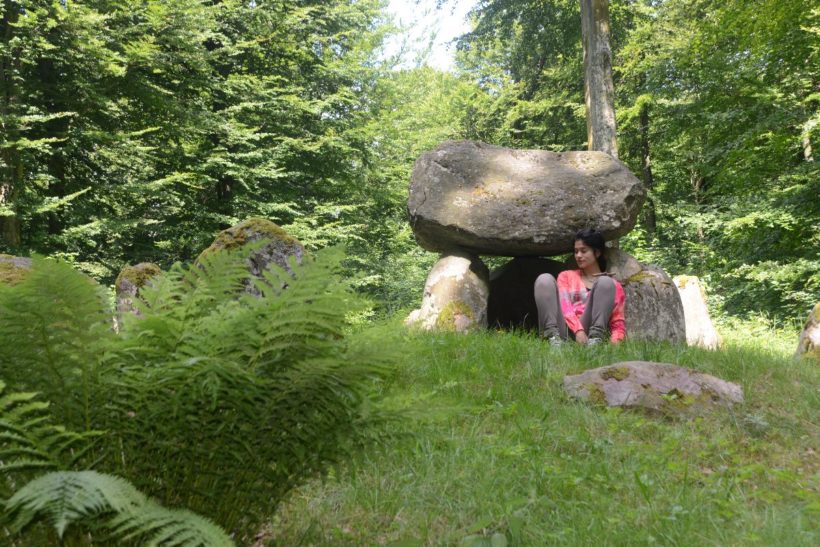In the beginning of human communities, a vision of the future prevailed.
In our narrow perspective of things, when we speak of culture, we tend to frame it in specific objects and manifestations, most of them linked to art and its derivatives. Since the imposition of a framework of values whose main characteristic is the importance of the material over the social and human – capitalism at the forefront – we have lost the notion of the wealth implicit in the social fabric, regardless of its economic level or its position in the pyramid, especially in terms of its relationship with the environment.
The successive crises in which the hopes of progress of millions of human beings around the planet have been buried have brought about a kind of rebirth of the original cultures, which basically consisted of feeding, protecting, safeguarding and enriching the small nuclei of inhabitants in wild and difficult to control territories. Hence the emergence of initiatives – especially among low-income groups – to turn their eyes back to the land. In these days of varied readings, my attention has been drawn to those focused on this fundamental variant of our cultures, characterised by their relationship with mother earth and, as a paragon, with the human mother.
The woman is the source of life. This statement is redundant in the face of the evidence of her role as the protagonist of the phenomenon of human reproduction, care and education. But in addition, her nature makes her a fundamental factor in the protection of her environment and the continuity of different manifestations of her culture, of her community and, as a corollary of this primordial action, of her capacity to return to the earth and turn the hoe into her paintbrush to create an orchard in a barren field. That, to me, is culture.
In Peru, a group of women, most of them of retirement age, decided to cultivate the desert. In the abandoned park of one of those housing estates where the common factor is mind-boggling poverty, they have created a huge community garden. A gigantic effort that has provided resources and food to a community that had none. An effort of women capable of breaking the inertia of the habit of not having, to establish a before and a now that is different and charged with hope.
Women – as a characteristic of their condition – are also the guardians of nature: of the forests, of the rivers, of the integrity of the territory; and, for this lofty mission, they have been persecuted and eliminated, as if safeguarding the sources of life were an act of terrorism. Countless lives of women leaders have been cut short in our container and around the world by those who try to stop their struggle and evade justice. These acts of extreme cruelty demonstrate the extent to which the will of these women can change the path of dispossession and make the right of human beings to their environment prevail.
The recent initiative of the heads of environment and human rights at the United Nations – Ingger Andersen and Michelle Bachelet – whose efforts have resulted in the official declaration by the UN that a clean, healthy and sustainable environment is a human right, shows once again the commitment and responsibility of women in their struggle for the survival of our own and all the species that accompany us on our journey.
If culture is the body of knowledge accumulated by humanity along the way, then the protection of life in all its manifestations is an act of vindication in the face of the economic system’s attempts to destroy the little that remains of the planet’s natural wealth; this drive of savage capitalism has a single purpose: to accumulate wealth that, in the face of the Dantesque scenario of the destruction of our environment, will be of no use. The efforts of women’s communities, then, combine in themselves the values of life and culture. Our obligation is to support and protect them.
Women are a fundamental factor in the protection of their environment.






